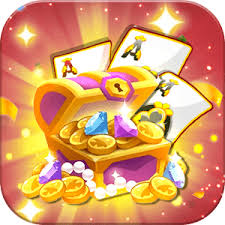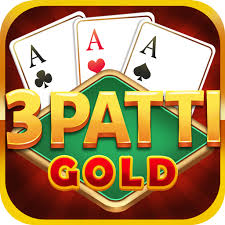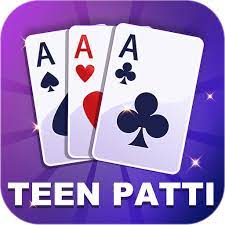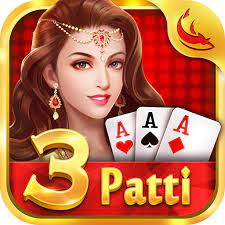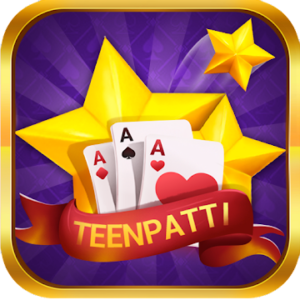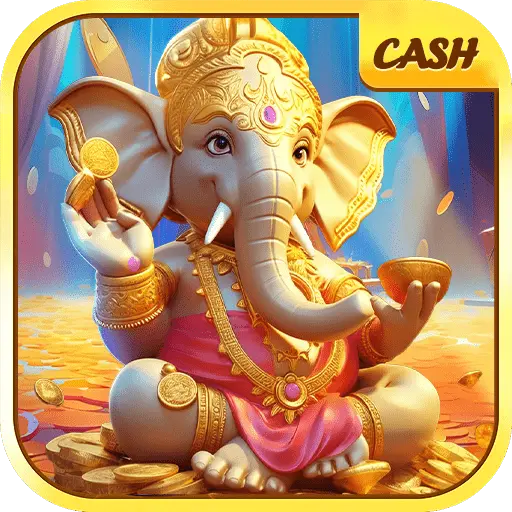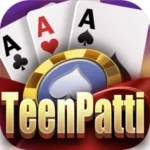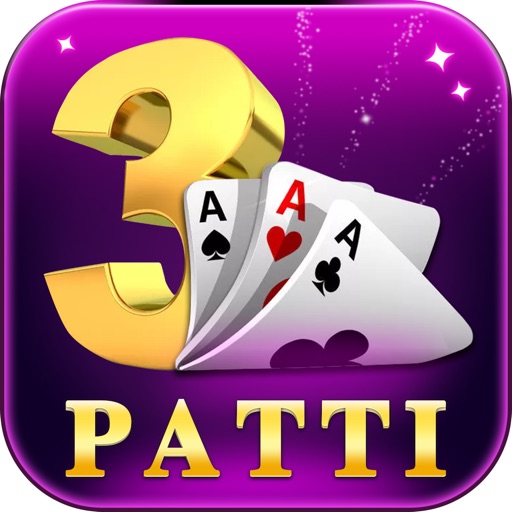Teen Patti, translating to “three cards” in English, is a traditional Indian card game that has been a cornerstone of social gatherings and festivities across the Indian subcontinent. Rooted in cultural significance, especially during festivals like Diwali, Teen Patti has evolved from its ancient origins to become a beloved pastime for many. Also Download Happy Teen Patti

Historical Background
The exact origins of Teen Patti are not precisely documented, but it is widely believed to have evolved from the British game “Three Card Brag,” introduced to India during the colonial period. Over time, Indians adapted and transformed it into Teen Patti, infusing it with local cultural nuances and making it an integral part of social traditions. The game’s simplicity and engaging nature have contributed to its enduring popularity.
Gameplay and Rules
Teen Patti is typically played with a standard 52-card deck, excluding jokers, and involves 3 to 6 players. The objective is to have the best three-card hand or to bluff opponents into folding. The game begins with all players placing a predetermined bet, known as the “boot,” into the pot.
Card Rankings (from highest to lowest):
1. Trail (Three of a Kind): Three cards of the same rank.
2. Pure Sequence (Straight Flush): Three consecutive cards of the same suit.
3. Sequence (Straight): Three consecutive cards of different suits.
4. Color (Flush): Three cards of the same suit, not in sequence.
5. Pair (Two of a Kind): Two cards of the same rank.
6. High Card: The highest single card when no other hand is made.
Players have the option to play “blind” (without viewing their cards) or “seen” (after viewing their cards). Betting continues in a clockwise direction, with each player either matching or raising the previous bet. The game culminates in a showdown, where the remaining players reveal their cards, and the highest-ranking hand wins the pot.
Cultural Significance
Teen Patti holds a special place in Indian culture, often played during major festivals and family gatherings. Its association with Diwali, the festival of lights, is particularly notable, as families and friends come together to enjoy the game, symbolizing prosperity and good fortune. The game’s social aspect fosters bonding and entertainment, transcending generations.
Modern Adaptations
In recent years, Teen Patti has transitioned into the digital realm, with numerous online platforms and mobile applications offering virtual versions of the game. These digital adaptations have expanded the game’s reach, allowing enthusiasts to play with others globally, preserving the traditional essence while embracing modern technology.
Conclusion
Teen Patti’s enduring appeal lies in its blend of strategy, luck, and social interaction. From its historical roots to its contemporary digital presence, the game continues to be a cherished pastime, reflecting the rich cultural tapestry of the Indian subcontinent. Also Download Teen Patti Club


